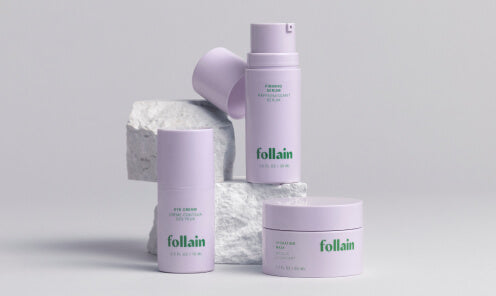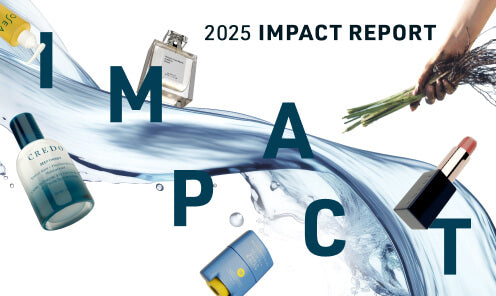By Mia Davis, Credo's Director of Environmental and Social Responsibility
Did you know that only about 10% of plastic is recycled? This is a dismally low figure, one that surprises a lot of people since the “chasing arrows” recycling symbol is on so many packages. It turns out, the recycling arrows are not necessarily an indication that the package is recyclable.
Credo is asking all of our brand partners to source packaging that accurately indicates what it is made of (glass, or plastics with ID codes #1-7) and does not use the chasing arrows unless it can actually be widely recycled (deadline for compliance is 2024).
Now, a bill proposed in California, The Truth in Labeling for Recyclable Materials (SB 343), aims to make clear to consumers which types of packaging is actually recyclable. The bill would ban manufacturers from mislabeling products as recyclable when they are not, and would create a list of materials that are likely to be recycled, and therefore can have the chasing arrows.
This bill would be a huge step toward a clearer, more sustainable and efficient recycling system, and would hold manufacturers responsible for how they might be contributing to petrochemical production, massive waste, and climate change.
SB 343 is important, and not without its detractors: the global plastic packaging industry is estimated to be worth $260 billion by 2025, yet most plastic materials are not environmentally friendly and are unable to be recycled due largely to the way they’re designed, and the lack of end-markets for the material. In 2018, plastic made up 18.5% off all materials in US landfills,[1] and it can take upwards of 400 years to decompose[2]. As landfills begin to fill up, we are seeing more instances of garbage islands floating in water ways, like the Great Pacific Garbage Patch.
The beauty industry is a major cause of plastic pollution, as nearly 70% of the plastic packaging used in personal care products end up in landfills[3]. Plastic packaging takes up massive amounts of space in landfills, and it is actively harming birds and other marine life[4], contributing to air pollution, and destroying ecosystems as waste washes up on beaches around the world[5].
While SB 343 offers hope for what the future of plastic and packaging legislation may look like, there is still work to be done. Luckily, there are actions eco-friendly individuals can take to urge lawmakers to make state and federal changes. If you are a California resident, it is as easy as filling a form here to voice your support for SB 343! Also reach out to your local senator and ask them to vote yes on the bill, with contact information available here.
1 “Plastics: Material-Specific Data.” US EPA, 26 May 2021, www.epa.gov/facts-and-figures-about-materials-waste-and-recycling/plastics-material-specific-data.
2 Davis, Joshua. “How Long Does it Take for Plastic to Decompose?” Chariot Energy, 10 Feb. 2021, https://chariotenergy.com/blog/how-long-until-plastic-decomposes/
3 “Containers and Packaging: Product-Specific Data.” US EPA, 28 Jan. 2021, www.epa.gov/facts-and-figures-about-materials-waste-and-recycling/containers-and-packaging-product-specific-data.
4 Moran, Barbara. “Study: Most of the Plastic Found in Seabirds’ Stomachs was Recyclable.” WBUR, 21 Oct. 2020, https://www.wbur.org/earthwhile/2020/10/21/great-shearwaters-study-microplastics-recycling
5 Parker, Laura. “The World’s Plastic Pollution Crisis Explained.” Environment, 3 May 2021, www.nationalgeographic.com/environment/article/plastic-pollution.










